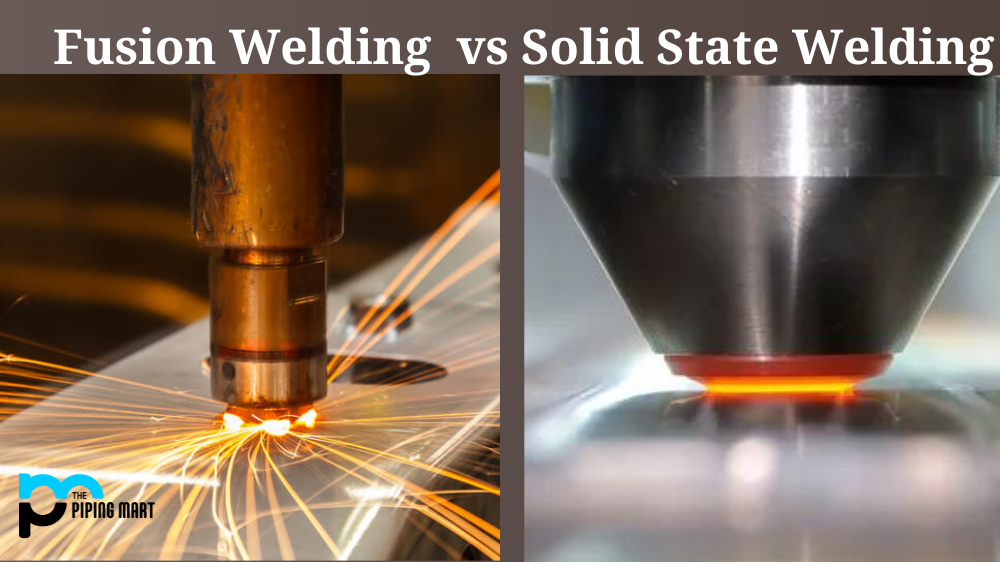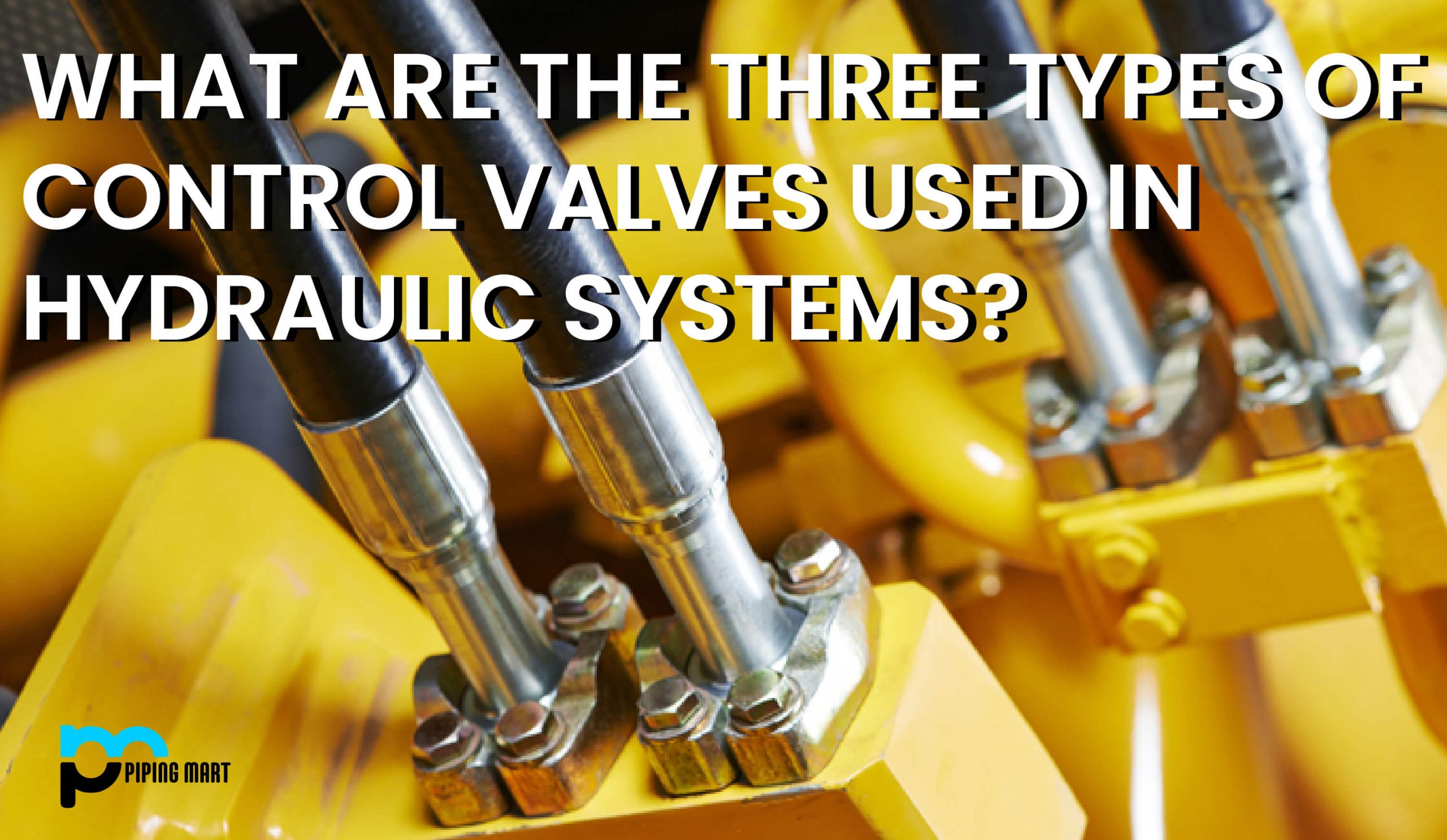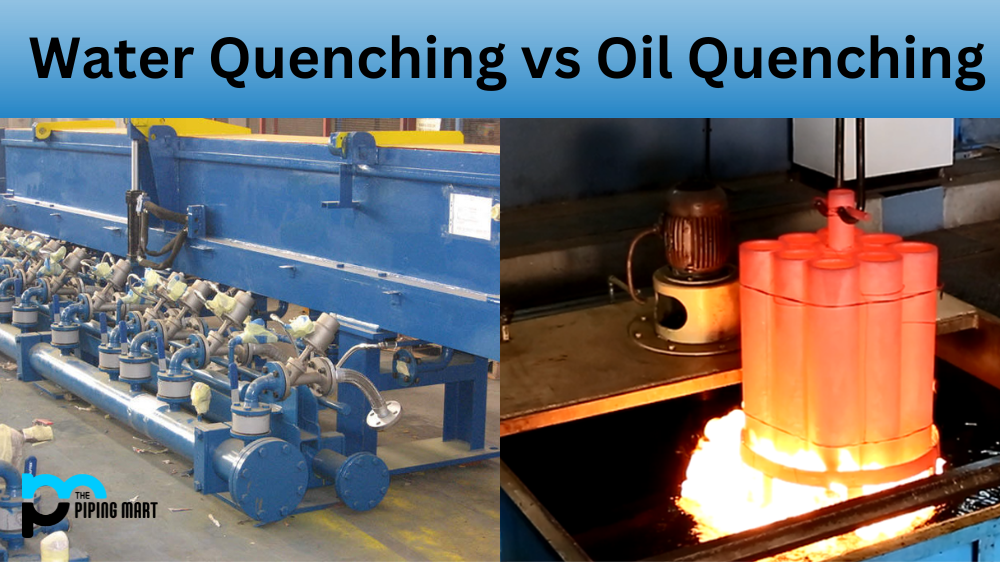Welding is a crucial process in many industries, ranging from construction and manufacturing to automotive repair and aerospace engineering. While there are several different types of welding, the two most commonly used techniques are fusion welding and solid-state welding. In this blog post, we’ll discuss the differences between these two types of welding so that you can make an informed decision when it comes to selecting the best method for your particular project.
Fusion Welding
Fusion welding is one of the oldest and most common types of welding. This process involves melting two pieces of metal together using extreme heat generated by an electric arc or flame. The molten metal is then allowed to cool, forming a permanent bond between the two components. Some examples of fusion welding processes include shielded metal arc (SMAW), gas tungsten arc (GTAW), gas metal arc (GMAW) and flux-cored arc (FCAW).
Solid State Welding
Solid-state welding is another process that does not involve melting or fusing metals. Instead, this technology uses pressure to create strong bonds between two components without additional heat or energy input. Some popular solid-state processes include friction stir welding (FSW), ultrasonic welds and linear friction welds (LFW). Friction stir welds are especially popular since they produce high-quality joints with minimal distortion in materials such as aluminium alloys, magnesium alloys, thermoplastics, etc.
Difference Between Fusion and Solid State Welding
Types of Welding
There are two main types of welding: fusion welding and solid-state welding. Fusion welding is the most common type of welding, and it involves melting the metal to be joined to create a joint. Solid-state welding does not involve melting the metal, and it is typically used for joining metals that are difficult to weld.
Processes
Fusion welding can be divided into three main processes: oxy-fuel welding, arc welding, and resistance welding. Oxy-fuel welding is the most common type of fusion welding, and it involves using fuel gas and oxygen to weld metals together. Arc welding uses an electric arc to weld metals, while resistance welding uses heat generated by electrical resistance to weld metals.
Materials
Fusion welds can be made with any metal, but they are most commonly made with steel, aluminum, and stainless steel. Solid-state welds are typically made with metals that are difficult to weld, such as titanium and nickel alloys.
Advantages
Fusion welds are stronger than solid-state welds and can be made in any shape or size. Additionally, fusion welds can be made in any location, as they do not require a clean environment like solid-state welds. Finally, fusion welds are less likely to crack than solid-state welds.
Disadvantages
Fusion welds are more expensive than solid-state welds, requiring more equipment and materials. Fusion welds can be more dangerous than solid-state welds, as they involve working with high temperatures and flames.
Conclusion:
Fusion and solid-state welding have unique benefits that make them suitable for different applications. Fusion welding is great for heavier materials such as steel. At the same time, solid-state welds are better suited for lighter-weight materials like plastics or aluminium alloys due to their minimal distortion properties. Understanding the differences between these two types of processes will help you choose the best method for your particular project! Intended Audience: Automotive repair personnel, engineers, manufacturers, and anyone interested in learning about different welding processes.

A passionate metal industry expert and blogger. With over 5 years of experience in the field, Palak brings a wealth of knowledge and insight to her writing. Whether discussing the latest trends in the metal industry or sharing tips, she is dedicated to helping others succeed in the metal industry.




